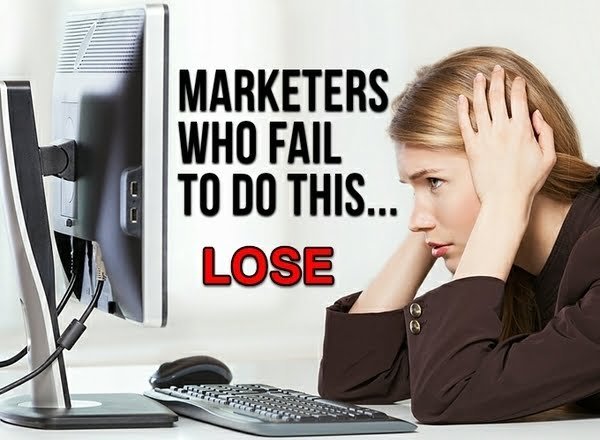A Costly Video Marketing Mistake for Marketers who fail to do this…
Can you imagine getting a horse to water and putting in a lot of work to do it? And then the horse doesn’t drink it. This is how most online marketers do things with their videos. They put in a lot of time, effort and energy trying to attract traffic to a video. If they are successful, that’s good. They’re doing a great job so far.
They come up with this amazing video. People pay attention to it. It peaks people’s interest, and they’re talking about it, sharing it, and in turn brings in more traffic. Again, so far, so good.
However the problem isn’t all the time and effort spent, it’s because they fail to do this one thing. And in turn, they consequently do not earn money. Can you imagine that? Working so hard, going through all that effort, putting in all that time only to fall flat at the end due to a costly video marketing mistake.
What’s Missing – the Answer
What is it that they failed to do that is so bad? Well, more specifically, what did they miss? Well, they failed to direct their viewers to take action. Simple as that. If you fail to have a call to action in your video, you’re not going to make money either. No way, no how.
Why? Your customers are not mind readers. They don’t know that they are supposed to do something. This is the ingredient that puts dollars in your pocket. You have to call your viewers to action. Otherwise all your efforts go up in smoke.
Remind them more than once
Interestingly enough, when it comes to video, you need to give them a call to action more than once. This is key to persuasion. What you’re basically saying, “Okay, to solve this problem, do this” and then you explain in a video some more and you build more credibility. And then you call them to action again. You have to do it repeatedly because this is key to getting them to respond.
Understand that one of the biggest tactics salespeople use is to repeat the same concept over and over again. Of course, it is not going to be done in a mechanical way. They’re not going to act like robots. They’re not going to look like they have no personality. That’s not going to work.
Instead, you have to remind your visitor to take action repeatedly in context. In other words, you call them to action specific to the benefits they receive from your video.
Real life example
For example, let’s say I am promoting a dog training course online. This is a course made up of a series of videos that help people train their dogs. Instead of just saying to the viewers of my intro video to click on the link at the Description so they can sign up for my course, I would set it up something like this:
“Are you sick and tired of your dog trying to bite your guests? Are you fed up with your dog peeing all over the place? Well, it’s not your dog’s fault! Click on the link below to discover how to work with your dog’s habits so they work for you instead of against you. This little trick can help preserve your relationship with your dog while at the same time train your dog.”
More than just “Click the Link”
Do you think people would pay attention to the above example? Of course they will. Why? I spoke to their needs. I qualified them based on their problems and then I promised them a benefit. That’s how you call people to action. You don’t just say “Click on the link”. That’s not going to cut it for the most part.
Now it’s your turn to develop a motivational call to action that speaks to your audience so you will no longer make this common video marketing mistake.

